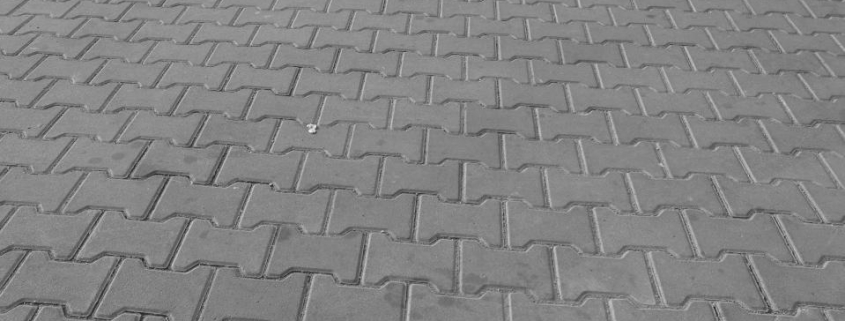COMMON DETAILS |
A CHANGING EXHIBITION
Tudor Pătrașcu
STATEMENT
This process has been crystallized into ongoing artistic research oriented on the one hand towards the analysis of the images through which the media discourse shapes perception of reality in the context of global crisis situations, and on the other hand, on how this informational content reverberates in daily life experiences. The gathered data builds an archival corpus (which includes selections of images and texts collected from the internet, vernacular photographs, notes, sketches, audio, and video recordings), following from different perspectives the unfolding of events such as Australian bushfire, Covid-19 pandemic, Hong Kong protests, US Capitol insurrection, George Floyd assassination and global spread of Black Lives Matter protests, withdrawal of the United States troops from Afghanistan or Russian invasion of Ukraine.
The exhibition is articulated around the principles of an experimental strategy that involves a dynamic installation process, extended throughout the event. The gallery space is imagined as a screen system on which information travels following the logic of works whose temporary display will progressively modify the initial exhibition setup. The content changes in the project aim to re-signify the experience of the exhibition time and symbolically materialize the archiving process.
The predominant use of drawing as a cognitive process and as a production medium, questions the relationship between this praxis and the digital content of the archive in a visual essay on the collective existential uncertainties sharpened by the pandemic and, more recently, by the risk of nuclear war. Series of works based on images and texts extracted from various news websites, intersect with drawings from vernacular photographs, featuring details from the public and private space, or scanned fragments of sketchbook pages. The path of information, from the pixels on the screen to the graphite particles fixed on different types of support, crossed spaces of reflection in which the images were related, interpreted, and integrated into the process of materializing a new archive.

